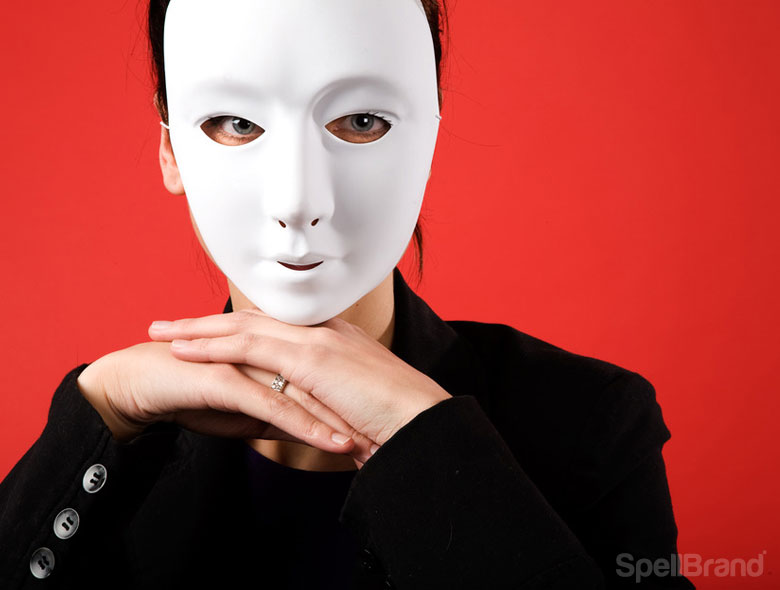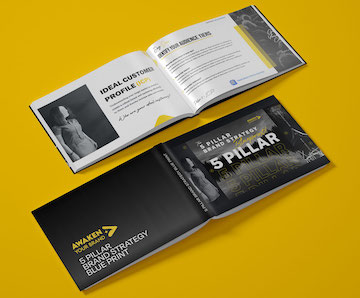All too often companies confuse branding with logo design or vice versa. The difference is quite blurry and depends on the context of usage. In this article I will try and clear up the difference between branding and logo design. To a certain extent both are mutually inclusive. Usually you can not have one with out the other. But the keyword here is “usually”.
What is a logo design?
A logo design is a graphic mark or emblem commonly used by commercial enterprises, organizations and even individuals to aid and promote instant public recognition. Logos are either purely graphic (symbols/icons) or are composed of the name of the organization (a logotype or wordmark) (Ref: Wikipedia). Every company should and usually do have a company logo design – even if it is just the name of the company in plain text.
Branding on the other hand is the set of expectations, memories, stories and relationships that, taken together, account for a consumer’s decision to choose one product or service over another. If the consumer (whether it’s a business, a buyer, a voter or a donor) doesn’t pay a premium, make a selection or spread the word, then no brand value exists for that consumer. (Ref: Seth’s Blog)
When companies are starting out, it is essential to have a logo design that has a deeper meaning and significance than being just a pretty graphic. Since a logo is the most visible aspect of a company, it is only logical that you try and communicate a message through it. For this to happen, a company must understand and decide the type of brand it is going to be. How does it want to be perceived by it’s target audience and the world in general? What kind of experience does it want it’s customer to have when they come in contact with it? Why should it’s potential customers chose it over it’s competitors?
All these and other questions are critical to how your logo design would look and what message it would broadcast. This does not mean that you try and overload your logo with a complex story or multiple messages. Doing so would actually weaken the logo and confuse the audience. It is very essential to distill one core message and then try and instill that into your logo design.
Utilizing your logo, corporate colors and consistent fonts in your marketing constitutes the first step in the branding process. The tone of your marketing messages, the story that you tell the world about your company, it’s origins and what your company stands for are the next stages of branding.
What is a brand?
Branding is one of the hottest topics in the business world. Many articles focus on the importance of having a strong brand, but few consider exactly what a brand means to the customer. A brand is much more than a logo or the decorations of your location—although these are indeed fundamental parts of a brand. A brand, in its most basic form, is a promise.
What kinds of promises does a strong brand make? First, there is a promise of product quality. Whether you are offering services or more tangible goods, you are promising a certain type of product. If you are running an upscale boutique, people will be expecting a very different type of product than if your brand focuses on low cost. If your logo is fun and playful, you will be attracting a target audience that has little interest in the modern and sleek. Whatever qualities your brand promises, it is crucial that you deliver them.
A second and more powerful promise that your brand makes is emotion. People who view your logo and other marketing techniques expect to feel a certain way when they interact with your business. If you are promising a relaxing, soothing experience, this will translate into a different type of store and service than if you are offering a rowdy good time. This promise absolutely cannot be broken without placing your business in jeopardy. Modern customers may be willing to overlook other discrepancies, but you must deliver the emotional experience that they are seeking.
How do you make this promise? First, you make promises with your logo. Shapes and colours both invoke powerful emotions in people. Images also can be an important part of showing people what to expect from your establishment, both the image itself and the way it is oriented with the rest of your logo. Fonts can communicate information about your style and products, whether modern and sleek or old fashioned and classic. If you and your logo designer use these key aspects well, people will walk into your establishment with an expectation that is similar to what you are delivering.
Another way that you make promises is with your style of advertising. Again, much of this promise is made on a very subconscious level that is nonetheless effective. Your advertising both in method and in content should tie in to your logo and your brand. This will create a cohesive experience in which customers receive exactly what they expect. This can only bolster your image, because these customers will walk away pleased with their experience. If, on the other hand, your logo promises a very different type of business than that which you are running, the customer will leave disappointed. Unfortunately, most people are far more likely to share negative experiences than positive ones, which can destroy the business that you are working to build.
So, to answer the question we began with, your logo is your promise to the customer of exactly what you are offering. No one likes to be deceived, so be sure your logo design and all other aspects of your brand are a good fit for your business and your products.
Core Elements of a Brand
Most people often think that a brand is just your logo design. Unfortunately, that is far from the truth. Design firms and marketing experts have come to simply branding to mean the “promotion of your logo” or “your corporate colors” on all your marketing collateral.
But, a brand defines the firm that will deliver and stand behind the products or service that the customer will buy and use. It is an amalgamation of various aspects of a company that are brought together cohesively and called a “brand”.So what are these “aspects of a company” that form a brand?
The People
The people of a company provide the basis for the corporate brand image. They should be engaged, interested in their customers, responsive and competent. This will foster greater respect and brand loyalty over the long run. Ultimately, people define a brand.
Value And Priorities
The values, proprieties and the company philosophy are the very essence of a company. What ideals does the company hold up? What will not be compromised, no matter what? Some companies have a cost-driven culture that supports a value position in the market place. Others place priority on delivering a prestige customer experience. Innovation, quality, and customer concern and 3 values and priorities that are worth highlighting because they are so frequently seen as drivers of corporate brands.
Products And Services
A brand is also defined by the quality of it’s products or services. Is your product high in quality? Is your service fast and dependable? Being fast, responsive and dependable enhance the brand and create brand loyalty. Companies spend millions on advertising and marketing. But some companies fail to tackle some basic fundamental issues such as customer service and value for money.
Corporate Identity
A company’s logo and corporate identity also enhance the brand and complete it. The logo, the colors used, the marketing messages in their promotions all act to create the brand image. These corporate identity elements should reinforce the company’s values and priorities. They must be aligned to the kind of products or service the company delivers. Then only do you have a brand that benefits the company.
Your Brand is More Than Just a Logo
Your company’s brand is more than just a logo – it’s the public identity of your business.
It is important that all consumer-facing activities your company participates in (advertising, marketing, customer service, etc.) and helps to strengthen your brand. This means coming up with consistent messaging, a uniform look-and-feel as well as strategic ways to reinforce your brand.
Develop Consistent Messaging
In the early days of starting your business you developed a unique value proposition (UVP) – the thing that sets your company apart from competitors. It is really important to convey the UVP to your audience. A common way of doing so is through a clear but memorable tag line.
Here are some of the most popular taglines of all time:
“The happiest place on earth.” – Disney
“Finger lickin good!” – Kentucky Fried Chicken
“Buy it. Sell it. Love it.” – eBay
“Have it your way.” – Burger King
“Save money, live better.” – Walmart
You can see they clearly state the value proposition of the company in simple but memorable terms.
Thinking up your own simple and clever tagline is an important endeavor; however, keep in mind that branding doesn’t begin and end with a logo and messaging doesn’t begin and end with a tagline.
For many brands, part of their messaging is a unique company “voice.” I don’t mean a specific person’s voice but rather the tone in which the company communicates its messages.
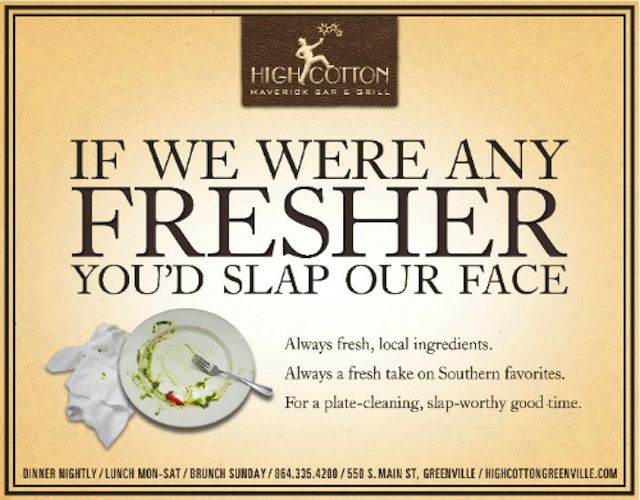
Voice is one way you can humanize your brand – taking it from “just another company” to a fun company, a funny company, a company that cares and most importantly a memorable company.
Create a Consistent Look and Feel
While your logo is likely the cornerstone of your company’s overall look-and-feel there should be a connection between your logo and other corporate assets. This means you’ll want to use the same coloring and fonts across all of your communication platforms to establish familiarity with your audience.
Here are just a few of the places you should be representing a consistent look-and-feel:
- Website design
- Email design
- Landing pages
- Business cards
- Facebook Page
- Twitter profile
- Google+ Page
- Advertisements
- Brochures
- Commercials
Old Spice does a really great job in delivering a consistent and fun brand identity across all platforms:
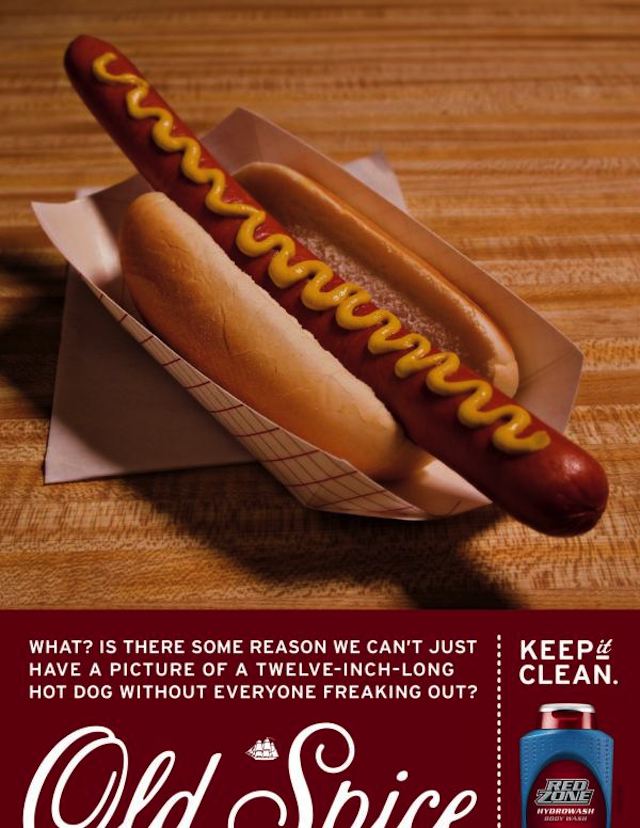

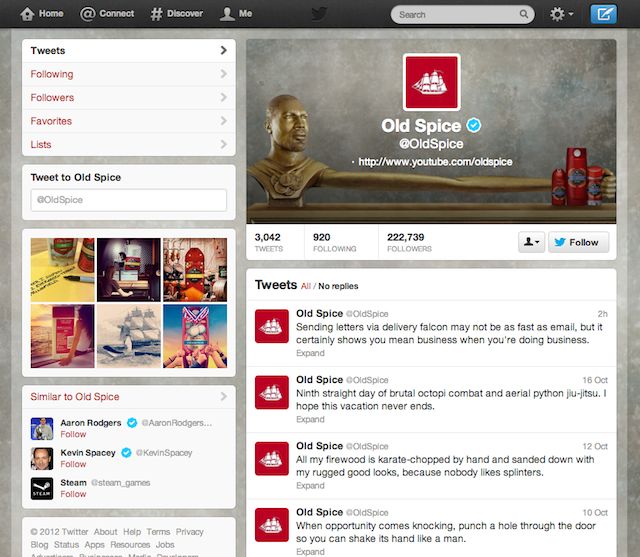
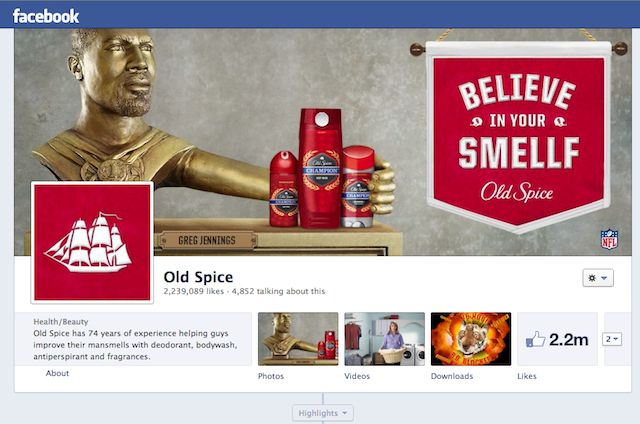
A consistent look-and-feel not only helps you establish a brand identity but acts as a trust factor with your consumer audience. You need to ask yourself how you want your logo to look like or how your brand to look like. They will be more likely to interact with your brand, purchase from you and share your content if they trust that they are engaging with the real company.
Reinforce Your Brand with Social Proof
Social proof is a concept rooted in psychology whereby “people assume the actions of others reflect correct behavior for a given situation.”
Social proof demands that when we’re unsure of the correct behavior we “look to others for cues.” This concept has been used by the advertising and marketing industry for years to encourage people to try new products and services.
Social Proof most often shows up in marketing as a customer testimonial or a public relations mention from a trusted media outlet.
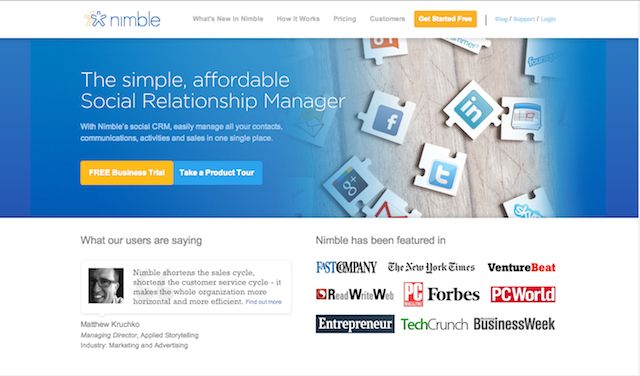
You don’t have direct control over social proof. You can certainly ask your customers for testimonials and can put together a strong public relations campaign, but the end result is often out of your hands.
This doesn’t mean trying shouldn’t be part of your branding strategy because it’s a very powerful reinforcement tool.
Social proof clearly demonstrates that your business is trustworthy and worth buying from. Together with strong brand messaging and a consistent look-and-feel, social proof will help you establish a positive image with your consumer audience.
Don’t miss out on the big opportunities that creating a quality and consistent brand can provide. Bookmark this post and refer back to it as you begin creating or updating your brand assets.
Do you have any questions about branding? Leave them in the comment section and we’ll try our best to answer them!
